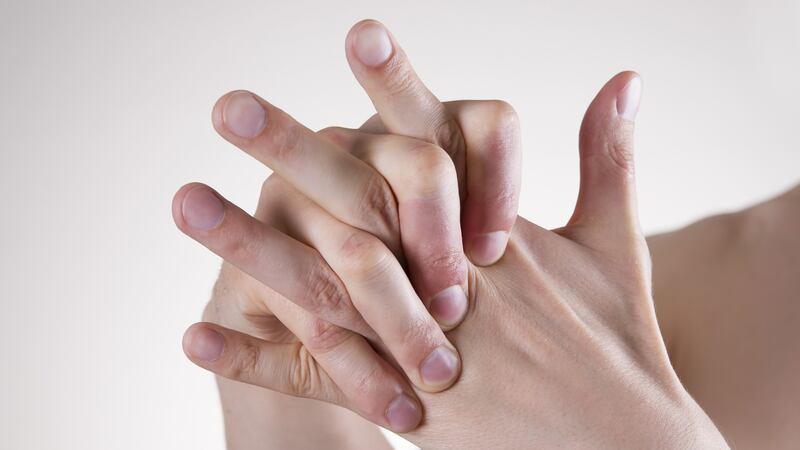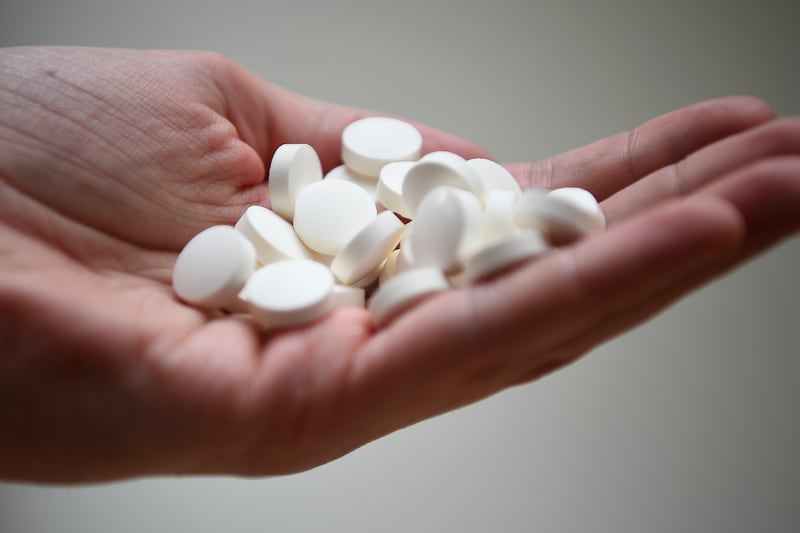Researchers have come up with a mathematical model to explain the science behind the sounds of knuckle cracking.
The model, developed by a team in France and the US, appears to confirm a theory put forward by scientists more than four decades ago that the popping sound is caused by tiny bubbles collapsing in the fluid around the joint when pressure is applied.
The cause of knuckle-cracking sound has been debated by scientists for more than a century.
Back in 1947, researchers suggested the cracking sound was caused by the formation of the bubbles.
The hypothesis was questioned in 1971, when another team of scientists theorised the sound was caused by the collapsing of gas bubbles.

That view was again challenged several decades later when experiments showed that bubbles persist in the fluid long after knuckles have been cracked.
Vineeth Chandran Suja, a student at Ecole polytechnique in France, developed a set of equations with his lecturer Dr Abdul Barakat in an attempt to explain the sound.
The equations are part of a mathematical model that shows only a partial collapse of the bubbles is needed to produce the sound.
The study authors wrote: “The model also shows that only a partial collapse of the bubble is needed to replicate the experimentally observed acoustic spectra, thus allowing for bubbles to persist following the generation of sound as has been reported in recent experiments.”
The model also appears to explain why some people are unable to crack their knuckles.
The explanation is that those who have large spaces between the bones in the knuckles are unable to produce the sound because the pressure in the fluid does not drop low enough.
The study is published in the journal Scientific Reports.








